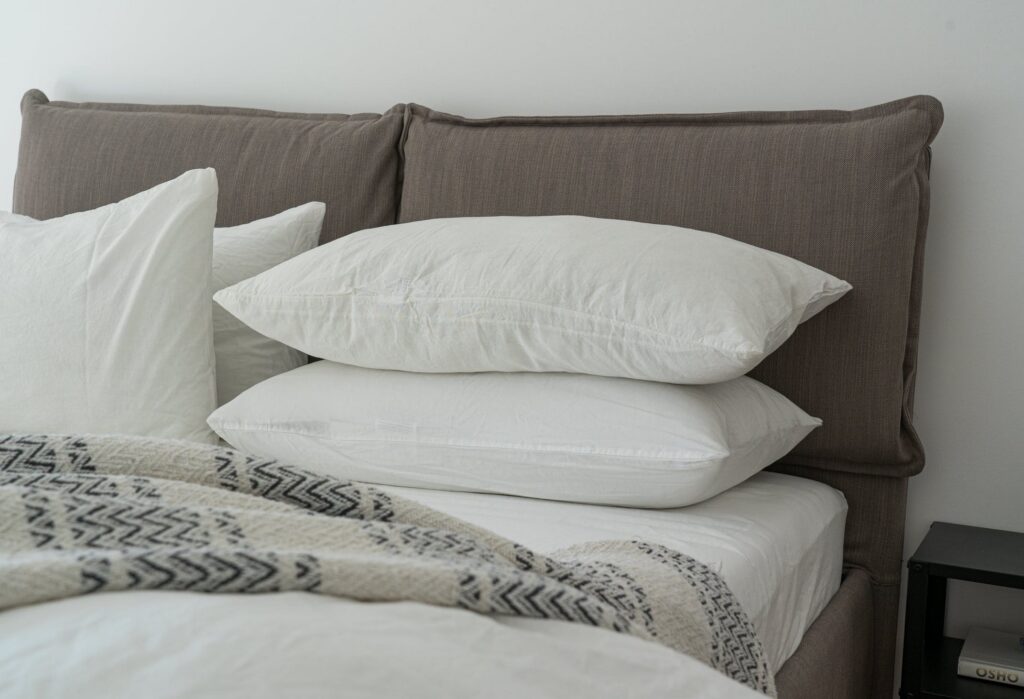When it comes to beautifying the home, the first thing that comes to mind is to have a furniture change—specifically, those found in the kitchen and the living room. But there’s another piece of furniture kept inside a room that’s often overlooked – the bed. Of course, you don’t have to change mattresses now and then, but eventually, you’re going to have to.
The idea may not have come across your mind but changing mattresses matters, too. Just like any other item in the house, your mattress is also subject to wear and tear, especially if it has already been years since you bought it. An old, sagging, and dusty mattress often contributes to sore muscles, painful neck and back, and even other health problems.
With that said, listed below is some essential mattress knowledge that you can keep for your next big purchase.

Getting to Know Your Mattress
A mattress is no small purchase to make. In fact, you have to be picky and particular about what you want since they are among those items that are meant to last you for years. Nowadays, many companies offer different types of mattresses, both in-store and online, so it’s only fitting that you get to know these types first before you make a purchase.
On the other hand, if you are big on brands but you’re not sure where to look, you can check out Newsweek’s list of top mattress brands for 2024. Click Here to learn more. Meanwhile, here are the most common mattress types and some of their pros and cons to help you buy the best one for you.
Once you have decided on the mattress type. You can also compare the top brands or mattresses you are trying to decide between on VsMattress.

1. Innerspring
Among all the others, an innerspring mattress is probably the oldest type. It is made of coil springs inside, which serve as its support system. The quality of support depends on how many coils it has; the more, the better. On top of it are layers of either cotton or polyester fiber, usually with only minimal thickness to give a touch of softness. One popular advantage of an innerspring mattress is that it is easy on the budget.
Another thing is that it’s available in various firmness options and sizes, so you can be sure that there will be one for you. However, though you can save money during your initial purchase, an innerspring often wears out quickly. Also, part of its drawback is its inability to relieve pressure points due to its lack of a significant comfort system.

2. Memory Foam
According to BestMattress, memory foams were invented in the 1970s to provide cushioning and extra support against the high pressure when astronauts rocketed out into space. Nowadays, it has many commercial applications and has become popularly used as mattresses and even as pillows.
This type gradually conforms to the body and slowly comes back to its original form once pressure is released (or once you get out of bed). This shows that it is excellent in absorbing force, and it is this quality that helps cushion the body well to promote pressure relief. So if you sleep on your sides, memory foam can give you the perfect support and comfort.
On the other hand, one main setback is that memory foams tend to retain heat. So if you sleep hot, you might not want to purchase this one. Some may also feel too sunken when they lie down.

3. Latex Foams
This type of foam has become increasingly popular, especially amongst nature lovers, because of its eco-friendly features. In addition, latex foams tend to contour to the body gently and have a natural springy feeling. Since they do not contour deeply, they can be a great alternative for memory foam, especially if you don’t want the ‘close body hug’ feeling from them.
Latex foams are also cooler because they only absorb minimal heat. However, this type of mattress is on the expensive side, though there are quite a few prices that have come down in recent years.

4. Gel Foams
Another alternative for memory foam is gel-infused foam. In this type, the foam incorporates a gel into the material and is usually made by adding gel beads or swirling the liquid gel to memory foams. Most manufacturers use thermal gel to absorb heat and lower the body temperature, while others use phase changing materials (PCM).
Gel foams are similar to a memory in that they also conform to the body and provide pressure relief. The only difference is that they allow you to sleep cool during the night. Nonetheless, the overall benefit still depends on the type of gel used and the mattress design.

5. Hybrid
It seems that combining two different materials, aka a hybrid, is all the hype these days. This also applies to mattresses. Hybrid mattresses combine the core features of an innerspring and foam mattress. They contain coil springs for support, but instead of the regular fabric, they are topped with either memory, latex, or gel foam layers.
This type offers joint and back support for all types of sleeping positions. In addition, most hybrid mattresses have well-balanced features, offer pressure point relief, and regulate temperature well. They can slightly retain heat, though, when the top layer foam is made of memory. They can also be slightly more costly than the previous types mentioned.

Takeaway
Some may think that all mattresses are more or less the same, but in reality, there is more to them than what you might have known. Due to technological advancements, many types are now available in the market, and choosing the perfect one that will suit your needs may be trickier now. Thus, it is only right that you familiarize the types to help you have a head start.









